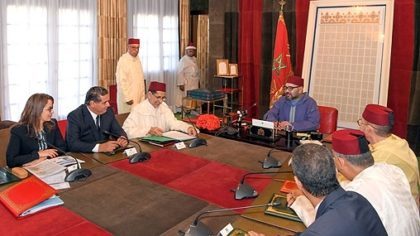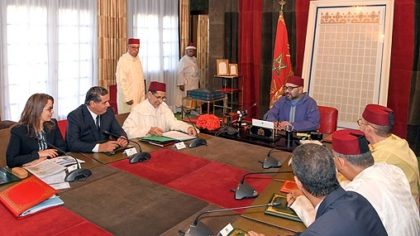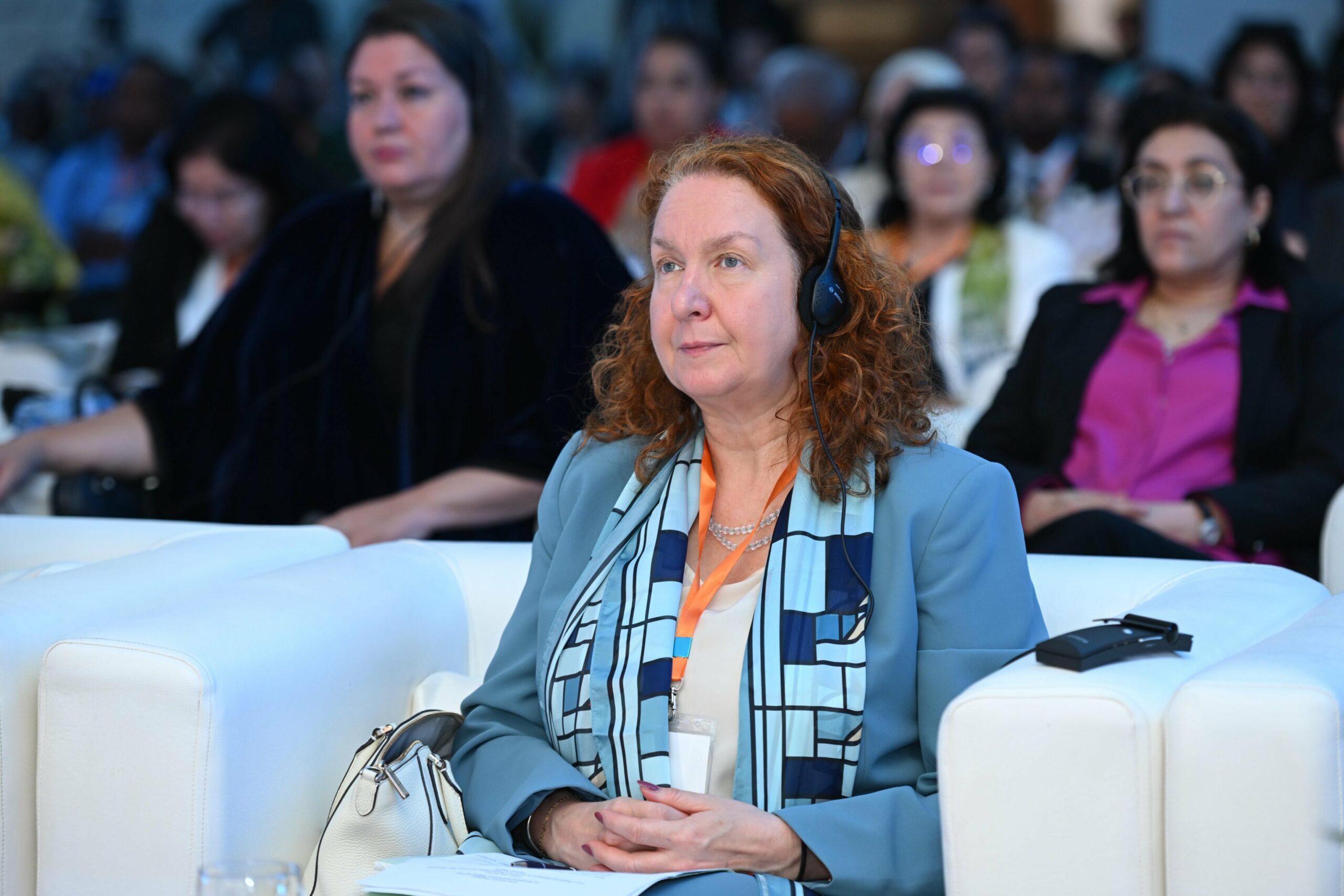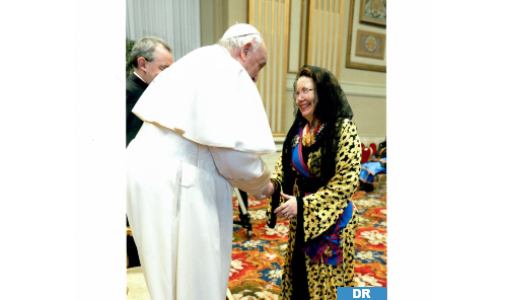 Since his accession to the throne in 1999, King Mohammed VI has consolidated the policy led by the late King Hassan II to provide the Kingdom with water infrastructures to meet citizens’ needs.
Since his accession to the throne in 1999, King Mohammed VI has consolidated the policy led by the late King Hassan II to provide the Kingdom with water infrastructures to meet citizens’ needs.
Thus, in 20 years, many dams of different sizes have been built. The goal to build fifteen dams in the period 2017-2021, or three dams per year, was fulfilled, as announced this week by the head of government, Saad Eddine El Othmani.
In accordance with the King’s instructions and in the framework of the implementation of the provisions of the governmental program, 10 small dams were also built to secure to the rural world population drinking water, as well as irrigation water and livestock watering.
In October 2017, a commission was set up to address the problems of water scarcity and find adequate solutions. After the sovereign took note of the commission’s first conclusions, he gave instructions to the concerned departments to launch the construction as soon as possible and in different regions of the Kingdom, of dams of different capacities (large, medium and small), as well as hill dams.
Among the planned big dams, three will be built in the northern and northeastern provinces extending from Oujda to Tangiers, where the water needs are set to increase as the region is home to large-scale industrial investments and tourism development projects.
One of these infrastructures, the Bni Mansour dam, will be the largest in Morocco with a storage capacity of 1billion cubic meters of water.
The Sovereign also called for considering the possible establishment of desalination plants, and for carrying on the water saving program in farming.
Morocco’s water policy is based essentially on the mobilization of superficial water resources through the realization of infrastructure projects allowing the storage of water that will be used in periods of drought and thus overcome water shortages with the least socio-economic damage.
Meanwhile, studies are being conducted to find means of diversifying water supply sources and mobilizing unconventional water resources.
Renewable water resources are estimated at 22 billion m3 / year (18 billion m3 of surface water and 4 billion m3 of groundwater).
Besides, in order to provide the Kingdom with water resources in the short and medium term and in accordance with the high royal instructions, a priority program for the supply of drinking water and irrigation water for the period 2019/2026 has been set up by the different institutions and administrations concerned.
The program, worth 118 billion dirhams, provides for the construction of some 20 large dams throughout the kingdom with a capacity of 5.38 billion m3, which will achieve an overall retention capacity of about 25.3 billion cubic meters.
The 21.5 billion dirhams investments injected in water infrastructure since the mid-nineties have made it possible to increase the supply of drinking water in rural areas, from 14 % in 1994 to 97% in 2018.
For this year’s summer period, an emergency program has been put in place to meet the needs of the provinces and prefectures in terms of access to water resources.


